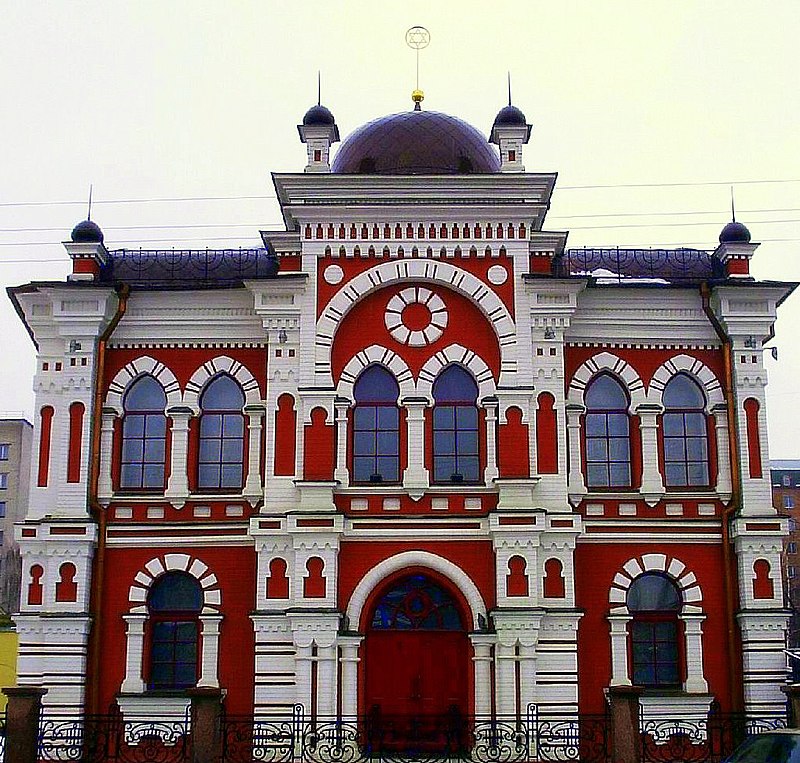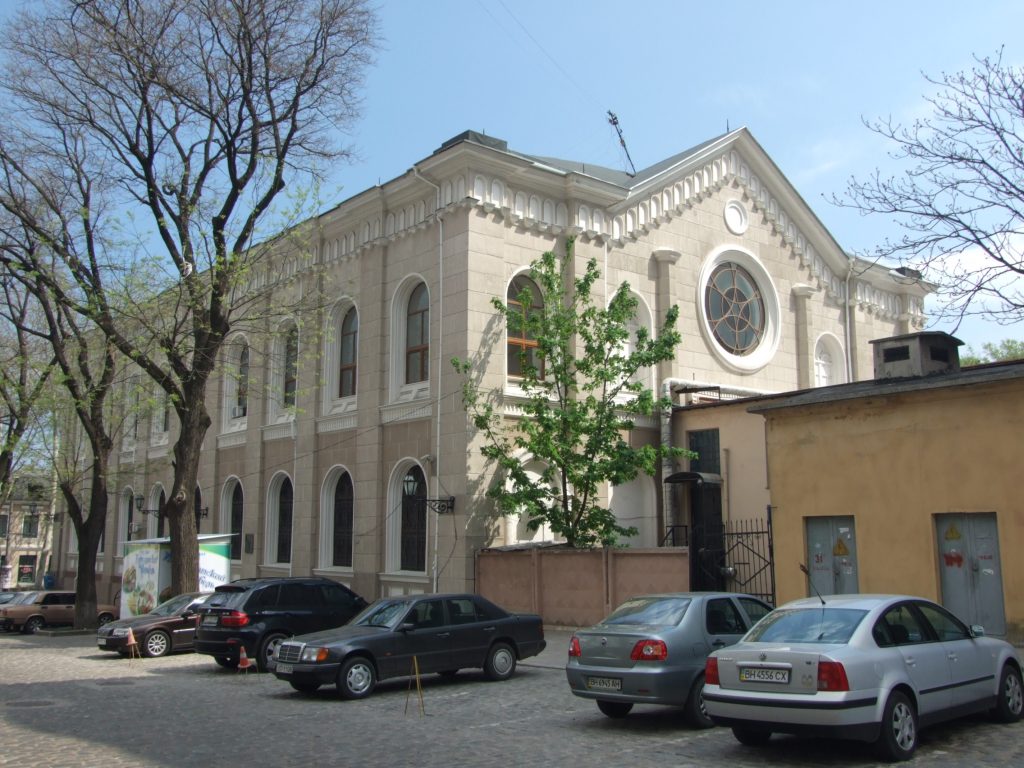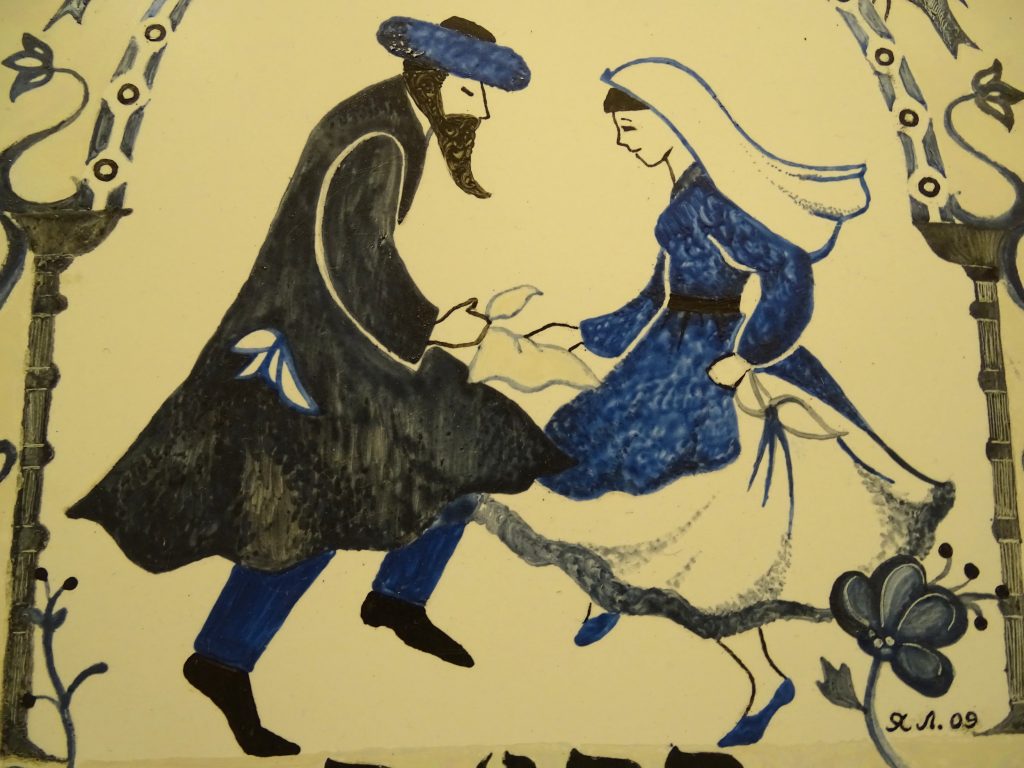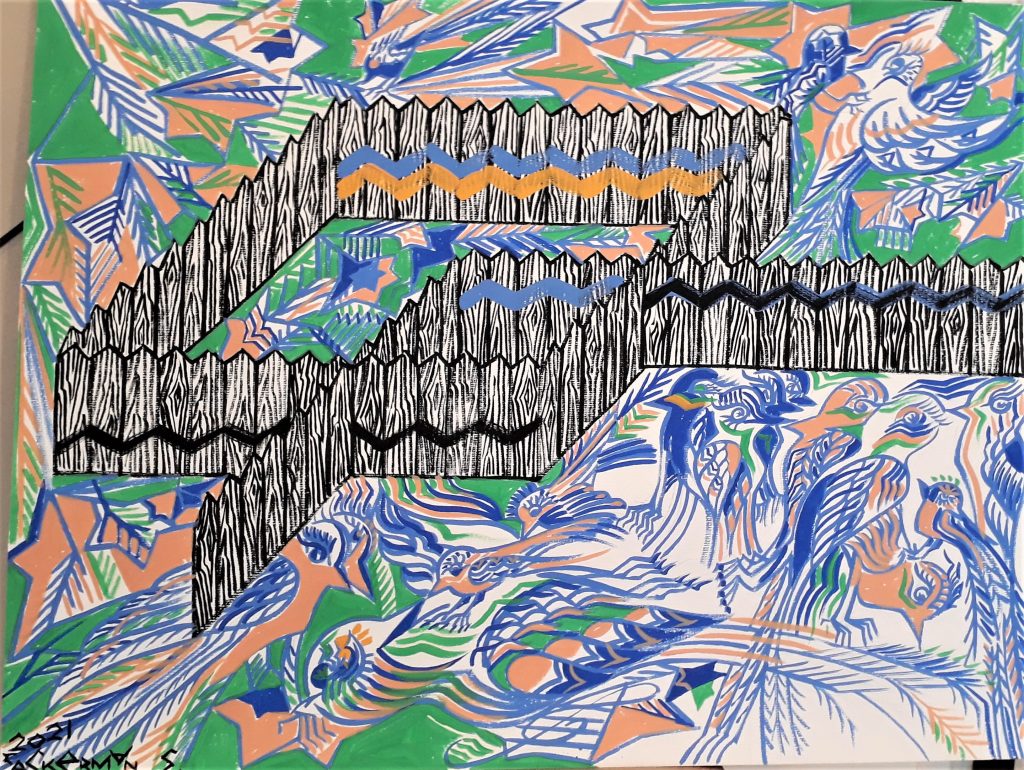The terrifying war against Ukraine changes, of course, the function of these pages devoted to the Jewish cultural heritage of that country. Many of the places mentioned were razed to the ground by bombs. While these pages are not intended in the present time for tourism, they may be useful to researchers and students as historical references. References to so many painful histories during the pogroms and the Shoah, but also to the glorious history of Ukrainian Judaism in its cultural, religious, and Zionist dimensions. Wishing the Ukrainian people a speedy end to these atrocities of which they are victims.

Ukraine, the largest of the former Soviet Republics, is, along with Belarus and Lithuania, heir to the former “Pale of Settlement”, the buffer zone designed to contain the Jews within the westernmost margins of the Russian Empire. Despite considerable losses due to the Shoah and resulting emigration, Ukraine still contains a large Jewish community (around 500,000 members, or 1% of the population), concentrated primarily in the major cities (Kiev, Odessa, Dnepropetrovsk, Kharkov, and Donetsk) and in certain old shtetlach to the south. Jewish cultural life, in full blossom here ever since the country’s independence in 1991, nevertheless remains limited due to both the weight of seventy years of assimilation and persecution by the Soviet regime and fresh waves of emigration.
The history of the Jewish communities in the Ukraine needs to be retold in the context of the complex historical reality of Ukraine itself, which never before held the status of an independent state, except in the eras of the powerful eleventh to thirteenth-century Kiev principality (Kievskaya Rus’), shared birthplace of both the Russian and Ukrainian nations.
An evolving geography
For centuries, the history of Ukraine’s Jews was conflated with that of the Jews of Poland. From the time Poland was divided until the First World War, it was associated with that of Russia’s Jews, with the exception of Galicia, which fell within the Autro-Hungarian Empire. Since the 1917 Revolution, Ukrainian Jewish history has been tied to that of the Soviet Jews (again, except for Galicia and Volhynia, which belonged to Poland until 1939).

When the Jews were expelled from France in 1394 and later from Spain and Portugal in 1492, they were taken in by Poland. In full economic and military expansion at the time, Poland represented a host country where religious tolerance reigned for all who willfully submitted to the authority and primacy of Catholicism.
The kings of Poland, in particular Sigismund I and Sigismund II in the sixteenth century, engaged in a policy of tolerance toward Jews. They offered them certain tariff exemptions and encouraged their communities to establish institutions responsible for collecting taxes. The growth of the Jewish community throughout the fifteenth century was apparent in nearly every city of the Polish realm, especially in the central and eastern regions (such as Galicia, Volhynia, Podolia, Lithuania, and the Ukraine), where Jewish craftspeople and merchants had been immigrating for years.
Massacres of the Jewish population
This period of growth was brutally interrupted in 1648 and 1649 by the first great catastrophe to strike these communities: revolts by Khmelnitsky Cossacks against the Polish nobility. The Cossacks massacred the Jewish population of every town they captured, pogroms of an incredible cruelty that left 100,000 Jews dead throughout Ukraine.
The Jewish communities of certain cities, such as Ostrog, Sokal, Vladimir-Volynski, Uman, and Proskurov, were completely wiped out. They only regenerated many years later, but only in areas that enjoyed the protection of a nobleman of the king himself.
The birth of Hassidism
It would take an entire century after these massacres for Jewish communities in Ukraine to begin growing again, sparked by an upsurge in religious fervor marked in particular by Hasidism, a movement founded in Polodia by Israel ben Eliezer (1700-60), also known as the Baal Shem Tov of Medzihbozh. The movement has considerable success in Lithuania, Poland, and throughout Ukraine. This revival was fueled as well by the many magidim, or itinerant preachers, including the maggid of Dubno Jacob Kranz (allied with the anti-Hasidic Mitnaggedim), Dov Ber of Mezritch, Nahman of Bratslav, and other tsadikim.

In the late eighteenth century, with the repeated division of Poland in 1772, 1793, and 1795 and Ukraine’s absorption by Russia, the situation changed starkly for the Jews. Russia, which had forbidden Jews the right to reside in its territory, suddenly found itself in charge of the largest Jewish population in the world. The czarist government thus established the boundaries of a “Pale of Settlement” within which Jews were forced to settle, an area coinciding approximately with the regions taken from Poland (Lithuania, Belarus, Ukraine west to the Dnieper, the kingdom of Poland); added to these were virgin lands in New Russia (Kherson, Nikolayev, Odessa, Crimea), as well as the left bank of the Dnieper (Poltava, Kremenchug, Ekaterinoslav -renamed Dnepropetrovsk).
Development of Yiddish literature
The Russian Empire’s repressive policies persisted throughout the nineteenth century. In 1827, Jews were officially expelled from Kiev. After a period of liberal reforms under Alexander II, oppression of the Jews picked up again with Alexander III, during whose reign a number of pogroms took place against the Jewish population, driving the latter to emigrate in ever large numbers to Europe and the United States. At the same time, classic Yiddish-language literature began to develop, most notably by the writers Sholem Aleichem and Mendele Moykher Sforim.

At the end of the First World War, from 1917 to 1921, revolution and civil war tore through Ukraine. Nationalist gangs led by Simon Petliura perpetrated atrocious pogroms, massacring 100,000 Jews across the country in cities such as Zhitomir, Proskurov, Rovno, Belaya Tserkov, Kiev, and Vinnitsa. The Soviet powers, in contrast, abolished the “Pale of Settlement” and other restrictions against the Jewish community, and even supported early Yiddish theater in Kiev and Odessa. However, they simultaneously began an antireligious campaign that led to the closure of many synagogues.
Extermination during the Holocaust
By far the most traumatic event for the Ukrainian Jewish community was the Second World War and the Shoah. The Germans invaded the Soviet Union on 21 June 1941 and immediately arranged for the community’s extermination. After forcing the Jews to reside in ghettos, the Nazis liquidated these districts one by one, most often in mass public executions, and tossed the bodies of the victims in common graves dug by the victims themselves.
The location of these executions can still be found in the woods neighboring almost every Ukrainian city; they are usually marked with a stele reading “to the victims of fascism.”. An inventory of these sites would require an entire website in itself.
Rebirth of Jewish cultural life
After the war, certain Jewish communities regenerated following the return of those who managed to escape into central Russia in time, but the official antireligious and anti-Semitic policies continued; after the so-called “doctors’ plot” in the early 1950s, many synagogues and community institutions across the country were closed. It was not until perestroika in 1985 and Ukraine’s independence in 1991 that a Jewish cultural renaissance began. Increasing emigration by younger generations, however, has ultimately aged, impoverished, and weakened the community.
